If you ask me, I think Santa has an app for that! 😉


 Ever wonder how Santa Claus (or Kris Kringle or St. Nicholas) manages to deliver all those gifts to children around the world in just one night?
Ever wonder how Santa Claus (or Kris Kringle or St. Nicholas) manages to deliver all those gifts to children around the world in just one night?
Well, a new science and technology research study from North Carolina State University provides some hints.
Mechanical and aerospace engineering professor Dr. Larry Silverberg explains the principles that allow that red-suited white-bearded fellow to manage this amazing feat every year.
Where did Silverberg learn these secrets?
He was team leader on the first-of-its kind visiting scholars program at Santa’s Workshop/North Pole Labs (NPL) last year:
Children shouldn’t put too much credence in the opinions of those who say it’s not possible to deliver presents all over the world in one night,” Silverberg says.
Says Silverberg, Santa may appear to be merely a jolly old fellow but he and his staff have advanced knowledge of electromagnetic waves, the space/time continuum, nanotechnology, genetic engineering and computer science. In fact, he adds, their knowledge, “easily trumps the know-how of contemporary scientists.”
He learned that Santa has a personal pipeline to children’s thoughts – via a listening antenna using current cell phones and EKG technology – which informs him what child living where wants for the holiday, whether it is a surfboard for a Florida girl or a snowboard for a Minnesota boy.
A sophisticated signal processing system filters the data, giving Santa clues on who wants what, where children live, and even who’s been bad or good. Later, all this information will be processed in an onboard sleigh guidance system, which will provide Santa with the most efficient delivery route.
Although Santa is conversant with emerging technologies he still is a traditionalist in some ways, and uses snail mail, receiving millions of letters from children around the world.
OK, but what about red-nosed Rudolph and his friends? Are they now obsolete?
The professor says that Santa uses his knowledge of the space/time continuum to form what he calls “relativity clouds.”
Based on his advanced knowledge of the theory of relativity, Santa recognizes that time can be stretched like a rubber band, space can be squeezed like an orange and light can be bent,” Silverberg says. “Relativity clouds are controllable domains – rips in time – that allow him months to deliver presents while only a few minutes pass on Earth. The presents are truly delivered in a wink of an eye.
Armed with a route map on the sleigh’s onboard computer, Santa is ready to deliver. His genetically bred-to-fly reindeer don’t really pull that loaded sleigh. Instead, like something out of a StarTrek episode, Silverberg says that each house becomes a mini Santa’s workshop. His magic bag of toys is really a nano-toymaker that makes the toys desired by the children in each house.
These days, Santa doesn’t even need to go down the chimney – thus saving on dry cleaning bills for his red suit – because technology can “transport” him into the house.
Hey, what about all those cookies and glasses of milk left as snacks for Santa and his herd?
The professor says they just take a nibble at each house. The rest is left in the house or goes into the advanced sleigh’s food dehydrator and saved for later.
Silverberg says this is just an overview of what he learned at the NPL about Santa’s delivery system:
Without these tools, it would be impossible for him to accomplish his annual mission, given the human, physical and engineering constraints we face today.
Do you have a better explanation?
If so, the MyHeritage team would like to hear it.
Leave comments below, tweet us @MyHeritage or post on our Facebook page.
Happy Holidays to all!

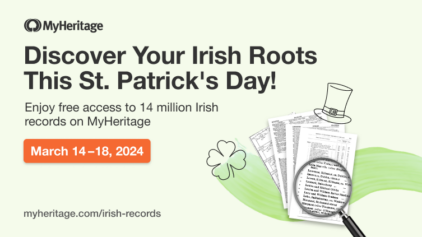
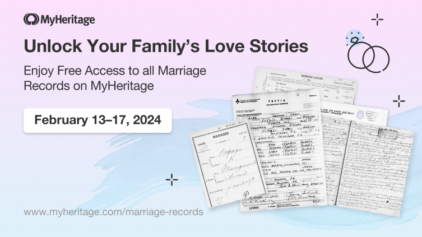
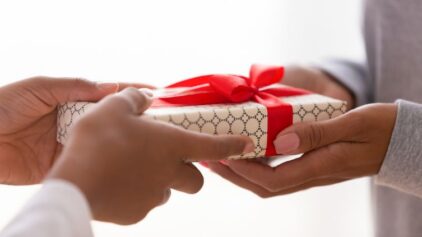
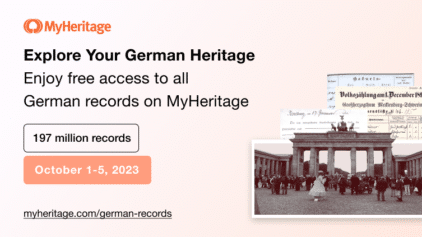
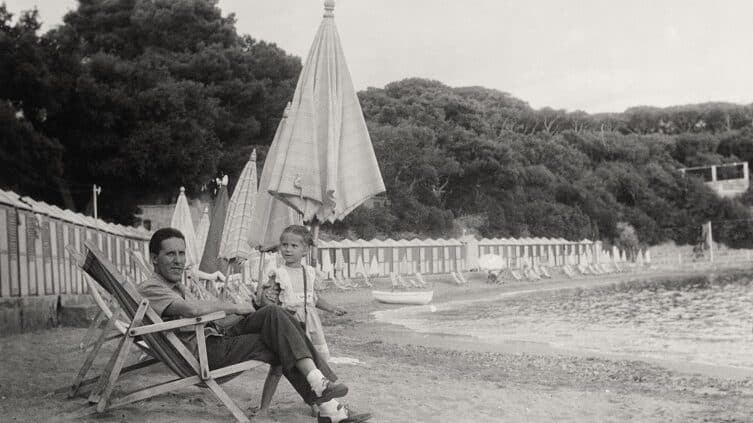

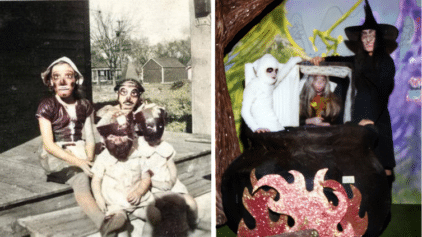

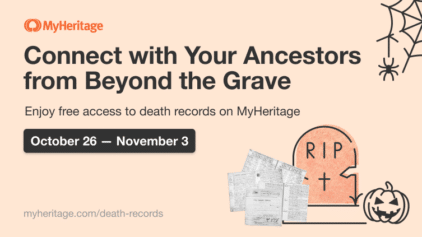
debby cormier
December 7, 2011
now we know …lol thank you and keep up the great research